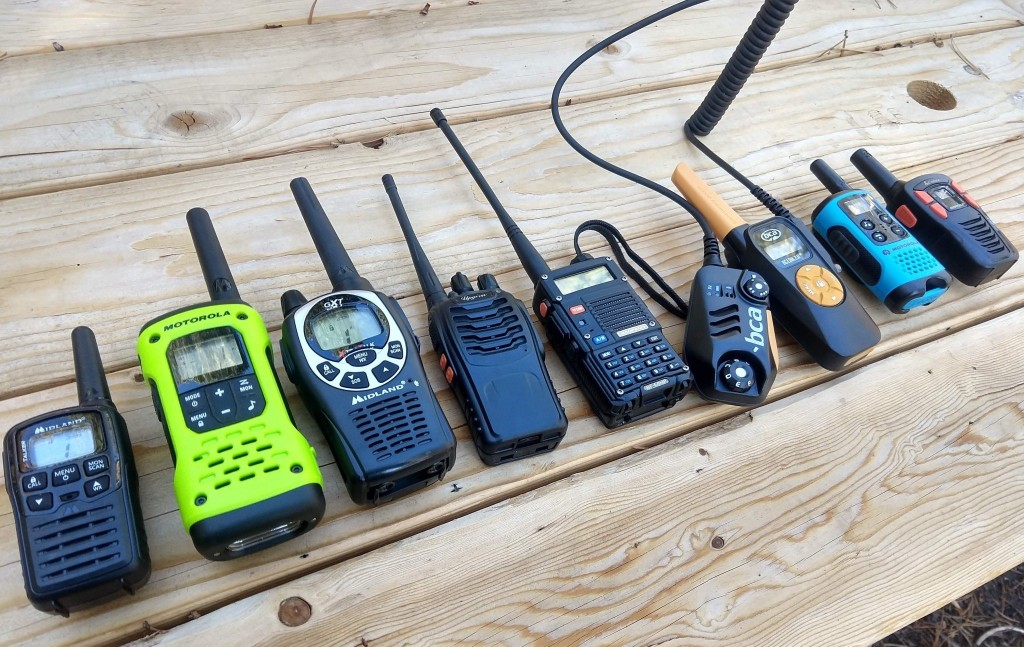Walkie-talkies are handheld, portable communication devices that allow two or more users to talk to each other wirelessly over short distances. They operate on radio frequency bands, which enable them to send and receive voice signals. The way walkie-talkies communicate can be broken down into several key components and steps.
Contents
Basic Components of a Walkie-Talkie
Transmitter: This component converts the user’s voice into radio signals.
Receiver: This part of the device receives radio signals and converts them back into sound.
Antenna: Both transmitting and receiving signals are done through the antenna, which is crucial for the walkie-talkie’s range and clarity.
Microphone: This picks up the user’s voice and converts it into electrical signals.
Speaker: The speaker converts received electrical signals back into sound waves, which can be heard by the user.
Power Source: Walkie-talkies are powered by batteries, which provide the necessary energy for all the components to function.
How Walkie-Talkies Work
Transmission of Voice
When a user speaks into the microphone of a walkie-talkie, the microphone captures the sound waves and converts them into electrical signals. These electrical signals are then fed into the transmitter.
Conversion to Radio Signals
The transmitter takes these electrical signals and converts them into radio frequency signals. This is achieved through modulation, where the audio signal modifies the frequency of the carrier wave, creating an analog signal that can travel through the air.
Broadcasting the Signal
The modulated radio frequency signals are then sent out through the antenna. The efficiency of this process depends heavily on the quality of the antenna and the power of the transmitter. The radio waves travel through the air and can be picked up by other walkie-talkies tuned to the same frequency.
Reception of the Signal
The receiving walkie-talkie’s antenna picks up the transmitted radio waves. The receiver within the walkie-talkie then demodulates the received signal, converting it back into an electrical audio signal.
Conversion to Sound
Finally, this electrical signal is sent to the speaker, where it is converted back into sound waves. This allows the user to hear the voice of the person transmitting the signal.
Channels and Frequencies
Walkie-talkies operate on specific frequency bands, which are divided into channels. Users must be on the same channel to communicate. These channels are part of a predefined frequency spectrum allocated for such devices, typically in the Very High Frequency (VHF) and Ultra High Frequency (UHF) bands.
VHF (Very High Frequency): Ranges from 30 MHz to 300 MHz. VHF signals are better for longer distances in open areas because they can travel further before dispersing.
UHF (Ultra High Frequency): Ranges from 300 MHz to 3 GHz. UHF signals are better for indoor use or in urban areas because they can penetrate buildings and obstacles more effectively.
Duplex vs. Simplex Communication
Walkie-talkies use simplex communication, which means that communication is one-way at a time. A user must press the “push-to-talk” (PTT) button to transmit, and release it to receive. This is different from duplex communication (used in phones), where both parties can talk simultaneously.
Privacy Codes
Some walkie-talkies come with privacy codes (also known as Continuous Tone-Coded Squelch System, or CTCSS). These codes don’t make conversations private but help filter out transmissions from other users on the same channel, reducing interference and making communication clearer among intended users.
Limitations and Interference
The effective range of walkie-talkies can vary significantly based on factors such as terrain, obstructions (buildings, trees), and atmospheric conditions. In open areas, they can communicate over several miles, but in dense urban environments, the range might be much shorter. Interference from other electronic devices or crowded frequencies can also affect the clarity and range of communication.
Modern Enhancements
Modern walkie-talkies come with various enhancements, such as digital encoding, which improves clarity and security. Some models integrate GPS for location tracking, Bluetooth for hands-free operation, and connectivity features that allow them to interact with smartphones and other digital devices.
In summary, walkie-talkies are ingenious devices that leverage the principles of radio wave transmission to enable clear, wireless communication over short distances. Their design simplicity and effectiveness make them invaluable tools for various applications, from recreational activities to professional use in security, construction, and emergency services.
